Headphones
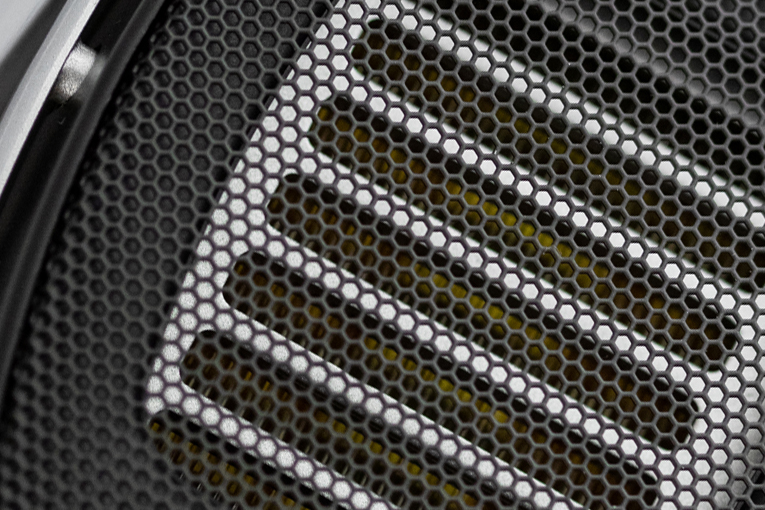
- Details
- Written by: Brent Butterworth
Sound: 









Value: 









(Read about our ratings)
Measurements can be found by clicking this link.
If you’d have told me (or anybody else) ten years ago that 2020 would see so many companies selling headphones for more than $1000, I’d have said you were crazy. But off the top of my head, I can name a dozen brands, and that’s not even getting into earphones. With such a surprising number of competitors, it’s becoming more difficult to create headphones that are truly distinctive. But with the HEDDphone headphones ($2499 USD), HEDD Audio has indisputably come up with something no one else has.
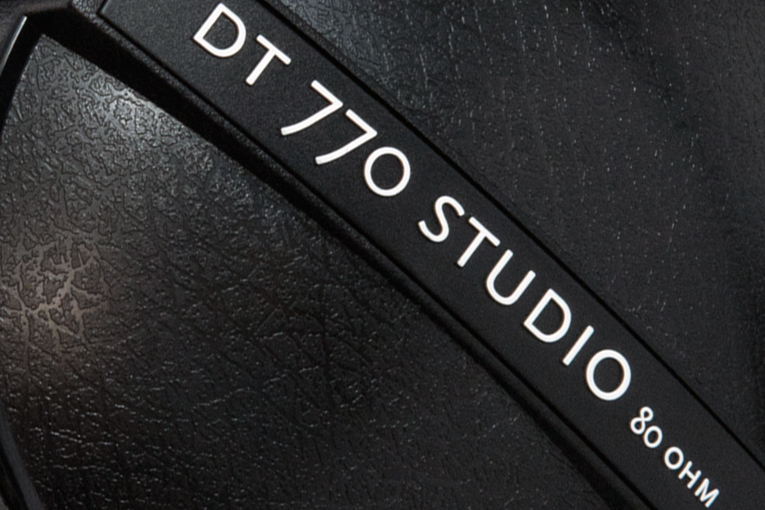
- Details
- Written by: Brent Butterworth
Sound: 









Value: 









(Read about our ratings)
Measurements can be found by clicking this link.
With all the talk about the Harman curve and how it’s improving headphone and earphone design, it’s easy to forget that a lot of headphone designers were getting things right a long time ago. The Sony MDR-7506 headphones, which became ubiquitous in audio and video production after their introduction in 1991, are still winning comparison tests of affordable headphones. I have a set of decades-old AKG K240s, given to me by vintage audio guru Gordon Sauck of Innovative Audio, that to this day sound really good. The Beyerdynamic DT 770 Pros go back about as far as the MDR-7506es; I’d used them in radio and recording studios, and always liked them -- but I never reviewed them. So in my probably never-ending quest to find the perfect recording headphones, I thought I’d test the DT 770 Studios ($199.99, all prices USD), which are said to be the same as the Pros but for the name.
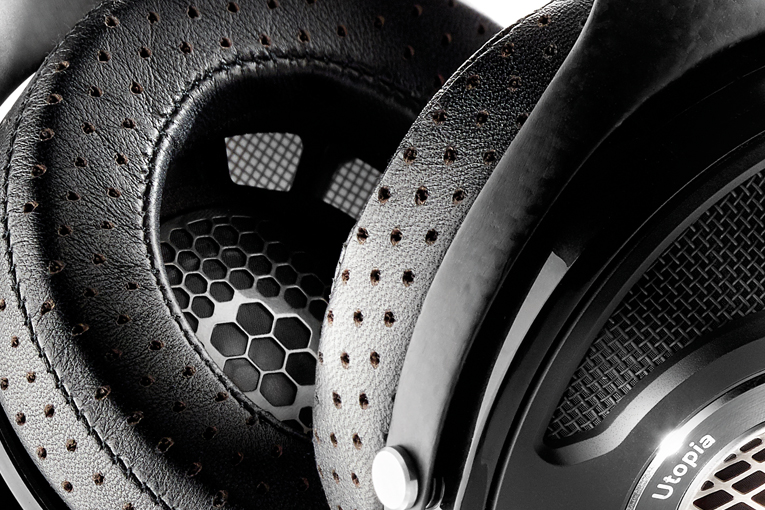
- Details
- Written by: Brent Butterworth
Sound: 









Value: 









(Read about our ratings)
Measurements can be found by clicking this link.
 With this review, I’m violating one of my long-established rules: never review a product after a lot of other people have. I figure, with so many opinions already out there, who’ll care about mine? And how will anyone even find my review with so many others grabbing the top spaces of their Google search? That’s why I never reviewed the Utopia, Focal’s top-of-the-line headphone model that debuted in spring of 2016 -- I didn’t submit my sample request early enough, and by the time Focal had a set to send, there were already at least a dozen reviews posted. But when Focal sent me a pair of Utopias to use to test the Arche DAC-headphone amplifier, and SoundStage! founder Doug Schneider suggested I take this chance to do a formal review of the Utopias, I didn’t hesitate.
With this review, I’m violating one of my long-established rules: never review a product after a lot of other people have. I figure, with so many opinions already out there, who’ll care about mine? And how will anyone even find my review with so many others grabbing the top spaces of their Google search? That’s why I never reviewed the Utopia, Focal’s top-of-the-line headphone model that debuted in spring of 2016 -- I didn’t submit my sample request early enough, and by the time Focal had a set to send, there were already at least a dozen reviews posted. But when Focal sent me a pair of Utopias to use to test the Arche DAC-headphone amplifier, and SoundStage! founder Doug Schneider suggested I take this chance to do a formal review of the Utopias, I didn’t hesitate.
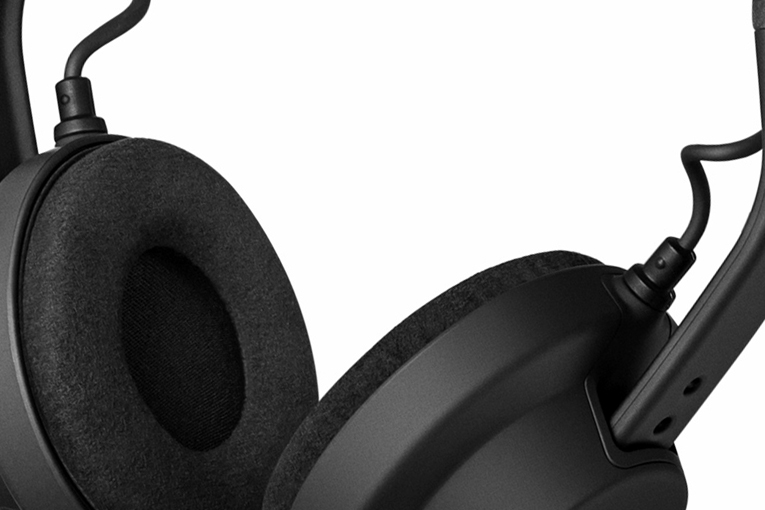
- Details
- Written by: Brent Butterworth
Sound: 









Value: 









(Read about our ratings)
Measurements can be found by clicking this link.
Lutefisk, Dua Lipa, AIAIAI: three foreign entities I’ve been dimly aware of yet never really taken the chance to check out. Dusty shelves of my memory hold vague recollections of AIAIAI headphones encountered in various European places -- perhaps at the IFA show in Berlin, or in the electronics stores of Munich or Prague, or worn by passengers on the London Underground, or featured in the pages of What Hi-Fi? magazine. I was curious about them, mostly because of the cool name (pronounced “aye-yi-yi”), but the Danish brand’s negligible presence in North America discouraged me. Then out of the blue, I got an e-mail from the brand’s PR rep, which suggested my home continent was at least on AIAIAI’s battle maps, so I immediately asked for a set I could listen to.
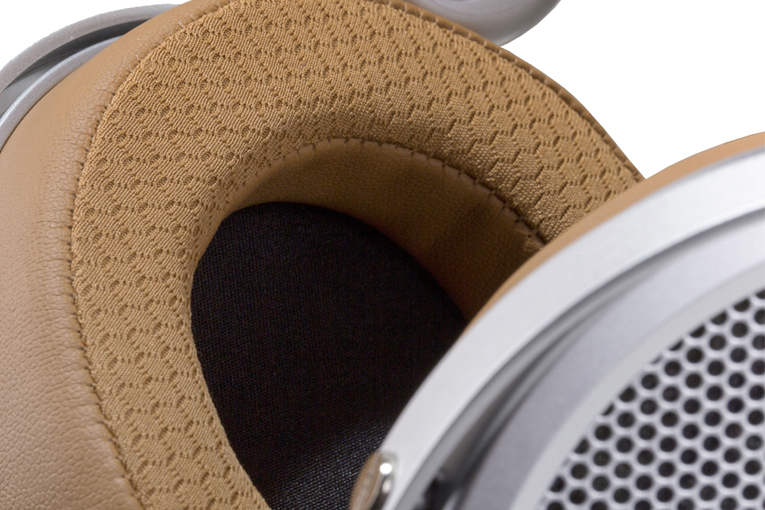
- Details
- Written by: Brent Butterworth
Sound: 









Value: 









(Read about our ratings)
Measurements can be found by clicking this link.
 For years, I’ve mentioned in reviews the concept of taking open-back audiophile headphones on business trips. It seems like a good idea -- treating yourself to high-fidelity sound while you’re sitting up all night at the Hilton Garden Inn banging out a PowerPoint for your morning meeting -- but honestly, I never thought anyone would actually do it. That is, until I tried the HiFiMan Deva headphones.
For years, I’ve mentioned in reviews the concept of taking open-back audiophile headphones on business trips. It seems like a good idea -- treating yourself to high-fidelity sound while you’re sitting up all night at the Hilton Garden Inn banging out a PowerPoint for your morning meeting -- but honestly, I never thought anyone would actually do it. That is, until I tried the HiFiMan Deva headphones.
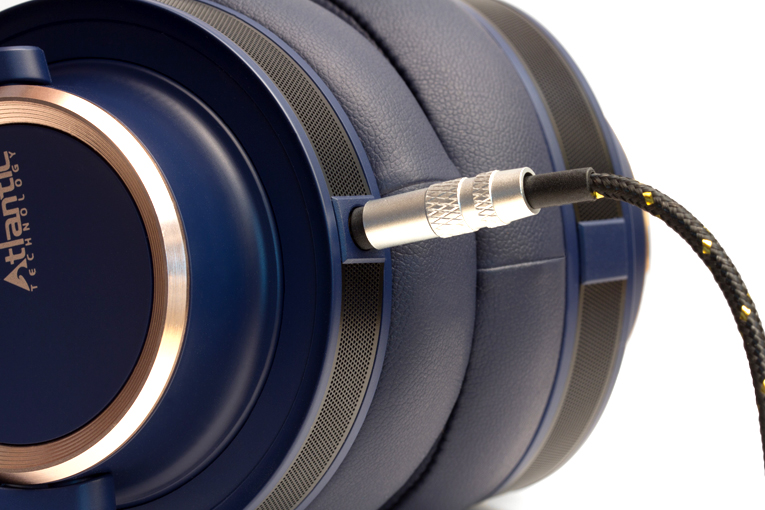
- Details
- Written by: Brent Butterworth
Sound: 









Value: 









(Read about our ratings)
Measurements can be found by clicking this link.
I’ll be honest: sometimes I request products for review for the same reason a lot of people watch auto races -- with the expectation that I might see something crash and burn. Impressed as I was with the Atlantic Technology FS-HAL1 earphones, the announcement of Atlantic’s FS-HR280s -- a dual-driver, over-ear headphone design -- raised a zillion doubts in my mind. Although dual-driver over-ears were common back in the 1970s, every one of the dual-driver models I tried for my 2012 “survey” of vintage headphones was literally worse than any modern headphones I can think of (the JustBeats Solo perhaps excepted). Could a company that got into the headphone biz only a few months ago actually make a dual-driver design work?
- Monoprice Monolith M1570 Headphones
- Dan Clark Audio Æon Flow 2 Closed Headphones
- Andover Audio PM-50 Headphones
- Marshall Monitor II A.N.C. Bluetooth Headphones
- Drop + THX Panda Bluetooth Headphones
- DALI IO-6 Bluetooth Noise-Canceling Headphones
- Monoprice Monolith M570 Headphones
- Audeze LCD-1 Headphones
- AKG K371 Headphones
- Beyerdynamic Lagoon ANC Bluetooth Headphones
- Zvox Audio AV50 Bluetooth Noise-Canceling Headphones
- HiFiMan Jade II Headphones and Amplifier
- MEE Audio Matrix Cinema ANC Bluetooth Headphones
- Status Audio BT One Bluetooth Headphones
- Meze Audio Empyrean Headphones
- Denon AH-D7200 Headphones
- Cleer Next Headphones
- Focal Stellia Headphones
- KLH Ultimate One Headphones
- Quad ERA-1 Headphones
- HiFiMan HE6se Headphones
- Fostex T60RP Headphones
- Audeze LCD2 Closed-Back Headphones
- Fostex TH909 Headphones
- Tribit Audio XFree Tune Bluetooth Headphones
- HiFiMan Ananda Headphones
- Focal Elegia Headphones
- Base Audio G12 Headphones
- Monoprice Monolith M650 Headphones
- NAD Viso HP70 Bluetooth Noise-Canceling Headphones
- Audio-Technica ATH-ANC700BT Bluetooth Noise-Canceling Headphones
- B&O Play Beoplay H9i Bluetooth Noise-Canceling Headphones
- Audio-Technica ATH-ADX5000 Headphones
- Marshall Mid A.N.C. Bluetooth Headphones
- Beyerdynamic Aventho Wireless Bluetooth Headphones
- PSB M4U 8 Bluetooth Noise-Canceling Headphones
- Bowers & Wilkins PX Bluetooth Noise-Canceling Headphones
- Klipsch Heritage HP-3 Headphones
- Focal Clear Headphones
- AKG N60 NC Wireless Bluetooth Noise-Canceling Headphones
- Acoustic Research AR-H1 Headphones
- Music Everywhere: Audio-Technica ATH-DSR9BT Bluetooth Headphones
- Sony WH-1000XM2 Wireless Noise-Canceling Headphones
- Sennheiser HD 4.50 BTNC Headphones
- Music Everywhere: Audio-Technica ATH-SR6BTBK Bluetooth Headphones
- JBL E55BT Quincy Edition Headphones
- Music Everywhere: JBL Everest Elite 750NC Wireless Headphones
- Tidal Force Wave 5 Headphones
- Monoprice M1060 Headphones
- HiFiMan Susvara Headphones
- Audio-Technica ATH-DSR7BT Bluetooth Headphones
- Libratone Q Adapt On-Ear Headphones
- Music Everywhere: Koss BT539ik Bluetooth Headphones
- Bowers & Wilkins P9 Signature Headphones
- Blue Ella Headphones
- Beyerdynamic Amiron Home Headphones
- Music Everywhere: Altec Lansing MZX300 Bluetooth Headphones
- Music Everywhere: Koss UR42i Headphones
- HiFiMan HE1000 V2 Headphones
- Final Sonorous III Headphones
- Beyerdynamic T 5 p Headphones
- Audeze Sine Headphones
- Sennheiser HD 630VB Headphones
- Music Everywhere: Audio-Technica ATH-SR5BT Bluetooth Headphones
- AKG N60 NC Headphones
- Music Everywhere: Sennheiser Momentum Wireless Bluetooth Headphones
- Sennheiser HD 800 S Headphones
- Music Everywhere: Audio-Technica ATH-WS99BT Solid Bass Bluetooth Headphones
- RBH Sound HP-2 Headphones
- Pryma 0|1 Headphones
- HiFiMan Edition X Headphones
- JBL Everest Elite 700 Headphones
- Music Everywhere: Audio-Technica ATH-S700BT SonicFuel Bluetooth Headphones
- Definitive Technology Symphony 1 Headphones
- NAD Viso HP30 Headphones
- HiFiMan HE1000 Headphones
- Music Everywhere: Outdoor Tech. Tuis Bluetooth Headphones
- AudioQuest NightHawk Headphones
- Music Everywhere: Koss BT540i Bluetooth Headphones
- Bowers & Wilkins P5 Series 2 Headphones
- Music Everywhere: Audio-Technica ATH-MSR7 Headphones
- Oppo Digital PM-3 Headphones
- Torque Audio t402v Headphones
- Music Everywhere: Polk Audio Hinge Wireless Bluetooth Headphones
- Music Everywhere: Monoprice 10585 Bluetooth Headphones
- Oppo Digital PM-2 Headphones
- Music Everywhere: Jam Transit Bluetooth Headphones
SoundStage! Solo is part of
All contents available on this website are copyrighted by SoundStage!® and Schneider Publishing Inc., unless otherwise noted. All rights reserved.
This site was designed by Karen Fanas and the SoundStage! team.
To contact us, please e-mail info@soundstagenetwork.com




